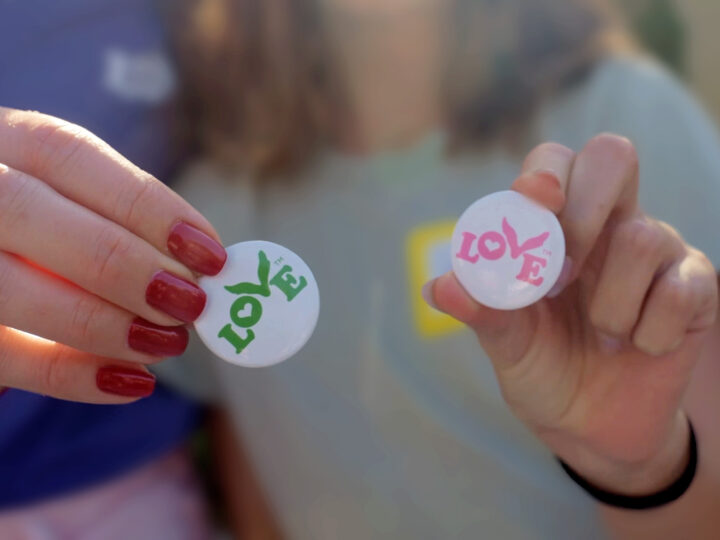
Telling a fake smile from a real one
We’ve all seen a painted on smile from a person who is pretending to be happy about something but really isn’t. What makes the difference between a fake smile and a real one? Since smiling is one of the easiest ways we can show love to people, how can we be sure our smile will be perceived as genuine?
French physician, Guillaume Duchenne, studied the physiology of facial expressions in the 19th century. It is from his research that the classic “Duchenne smile” was determined. He discovered that a true smile involved both voluntary and involuntary contraction of muscle groups in the face. In a genuine smile, a person voluntarily contracts the zygomatic major muscles that draw up the corners of the mouth. If real emotion is involved, then the orbicularis oculi muscles involuntarily join in, raising the cheekbones and creating crow’s feet at the edges of the eyes.
Fake smiles involve just the activation of the zygomatic major muscles drawing up the corners of the mouth into a politely bland, usually toothless smile. The eyes and cheekbones never engage because we can’t consciously control the orbicularis oculi muscles. They never activate in the absence of real emotion. This is because the fake and real smiles are controlled by different parts of the brain. The painted on smile produced by only the zygomatic major muscles is controlled by the motor cortex, while the genuine Duchenne smile that also includes the orbicularis oculi muscles around the eyes and cheekbones involves the limbic system or emotional center of the brain, as well.
Further research is showing that the smiles most often perceived as genuine by observers have lips drawn up at a moderate angle with a slightly open mouth and some dental show. At the same time, the cheekbones are actively engaged with crow’s feet on display.1 Of course, it isn’t necessary to worry about all these individual parts when sharing your smile with someone else. As long as your emotion is genuine, your smile will do the rest.
SOURCES
1Helwig, N. E., & Sohre, N. E. (2017). Dynamic properties of successful smiles. PLOS ONE, 12(6), e0179708. doi:10.1371/journal.pone.0179708
JOIN THE MOVEMENT
Subscribe to our newsletter and receive inspirational stories delivered to your inbox that spread love, updates on our movement, and notifications on upcoming deals & events.

